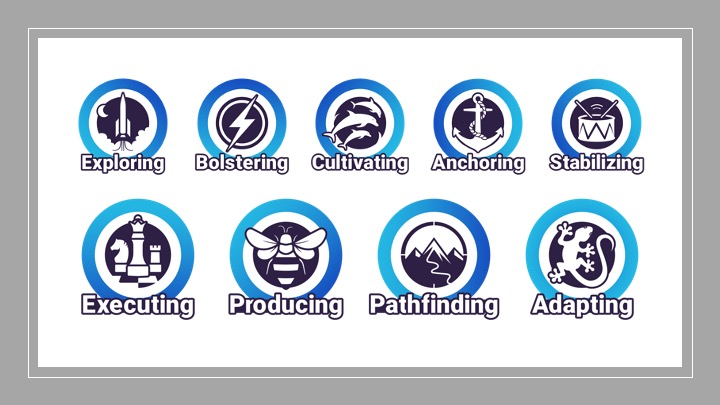CTA popup form
Sed ut perspiciatis unde omnis iste natus error sit voluptatem accusantium doloremque laudantium
"*" indicates required fields
Sed ut perspiciatis unde omnis iste natus error sit voluptatem accusantium doloremque laudantium
"*" indicates required fields
To win, especially in times like these, it takes a strategic, data-driven approach to designing and building teams.

When you stepped into your current leadership role, you no doubt inherited the team of people who came with it. Most of us inherit the people we work with (and the challenges those people bring).
That’s because most teams morph into being rather than being created by intentional design.
And over time, we work to replace the people who aren’t pulling their weight.
But COVID-19 has placed new pressures on us. There’s no room for, and no time to tolerate passengers anymore. Forward-thinking leaders have recognised it’s critical to recreate their teams by design.
To win, especially in times like these, it takes a strategic, data-driven approach to designing and building teams.
So, how do you do that?
The first step is to look at the outcomes you want and then design jobs, based on behavioural activity, that will achieve those outcomes.
Next you need to profile your existing team members.
Then we look for behavioural matches between the jobs you’ve designed and the available people.
Now we can scientifically evaluate who would be best doing which job – meaning who is most behaviourally suited to each job.
When people’s inherent drivers are closely aligned with the requirements of the job, they find themselves in flow; work becomes a joy (rather than a job), and productivity naturally surges.
The thing is, most leaders change up jobs to suit the people in them – removing this bit, because the incumbent struggles with it, and bolting it on, none too delicately I might add, to someone else’s job, because they’re perceived to be more suited to it.
By the time that first person leaves, the mangled-up version of the job has become the job, and the next person inherits it, warts and all.
And so the cycle continues – a little change here, a larger change there, until the job looks nothing like it first did.
Redesigning work takes vision. It takes courage, and it takes imagination.
But the rewards are immense.
Intentionally designed teams experience a mysterious inner energy and power that drives inspired performance. It’s a place where every single person is passionately connected to their work and engaged in the contribution they’re making.
If you’d like to learn more about the science, data and tools we employ to help our clients design teams based on behavioural match to job profiles, please call or email me and let’s set up a conversation.
Book a one-on-one team dynamics discovery session and learn how to leverage the strengths of your team and mitigate its blind spots
